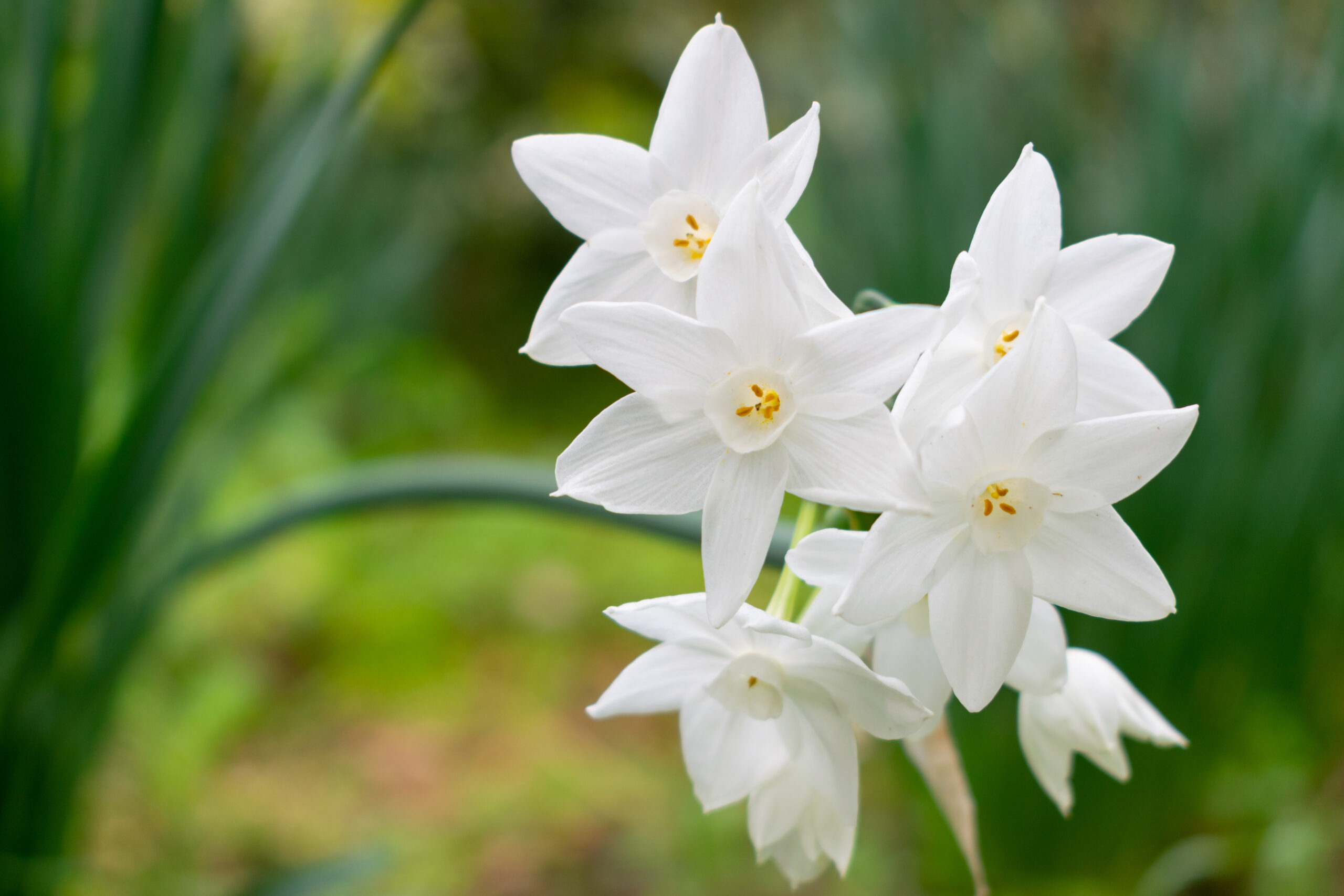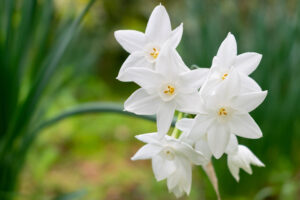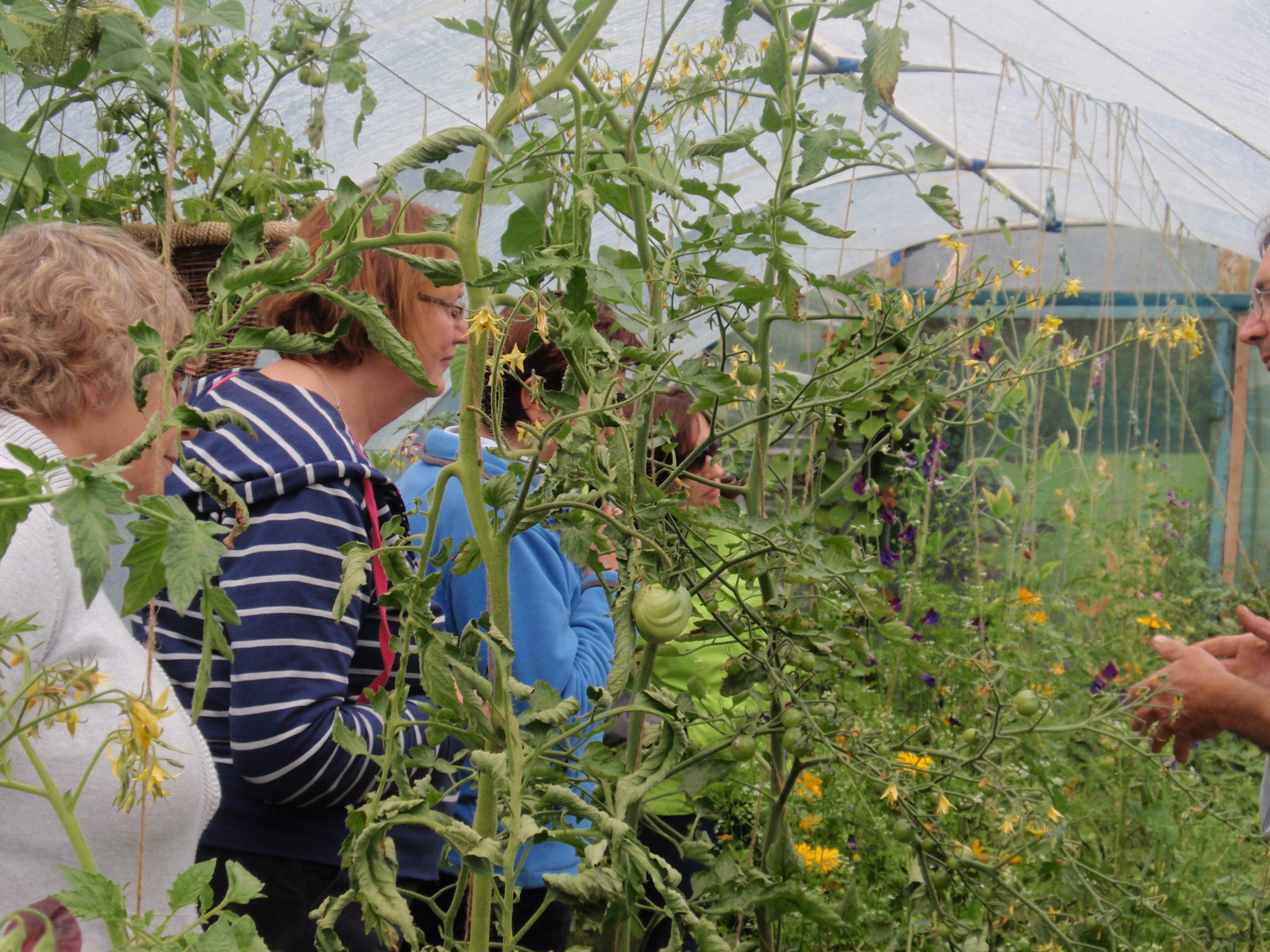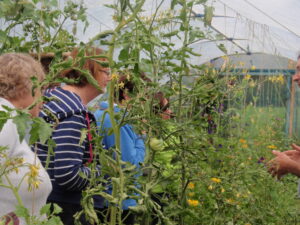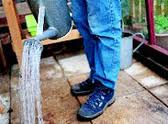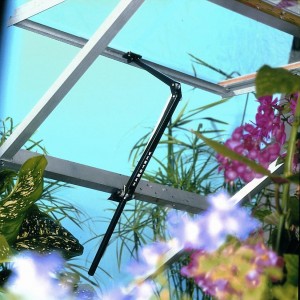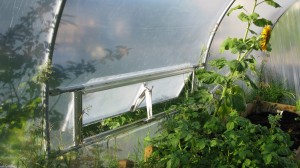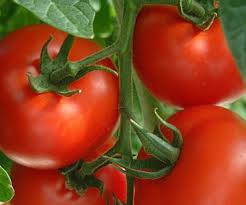You can grow sweet corn outdoors in a good summer, but for a more reliable crop you need a greenhouse. April sowings are best done in pots but in May and June seed can be sown directly into its final position. Sow one fresh seed about 1cm deep per tall pot of free-draining compost: if using older seed sow multiple seeds per pot and single the seedlings later with a scissors. Keep the compost warm and not too wet. Sweet corn roots go very deep and do not tolerate confinement, so plant out your crop as soon as possible. Choose the tallest space available, although it won’t matter if the tops are bent over at the roof. Dig large planting holes 30cm apart in a square block to aid pollination. Fill them twice with water and add in some compost when planting; corn needs plenty of water and feeding.
If space is short, you can plant corn between rows of greens due for harvesting soon. Keep watering and feeding. When the sticky tassels appear on the lower female flowers, shake or tap the plants gently each day to shower pollen down from the male flowers above and ensure well-filled cobs. Cross-pollination gives poorly set and less tasty cobs, so if growing different varieties try to plant them as far apart as possible. The cobs mature close together, so sow later crops to extend the season. The cobs are ripe when the tassels darken and wither, and punctured kernels leak milky fluid. They dry up and get starchy very soon, so harvest them promptly, cook then immediately for four minutes in boiling water, and enjoy.

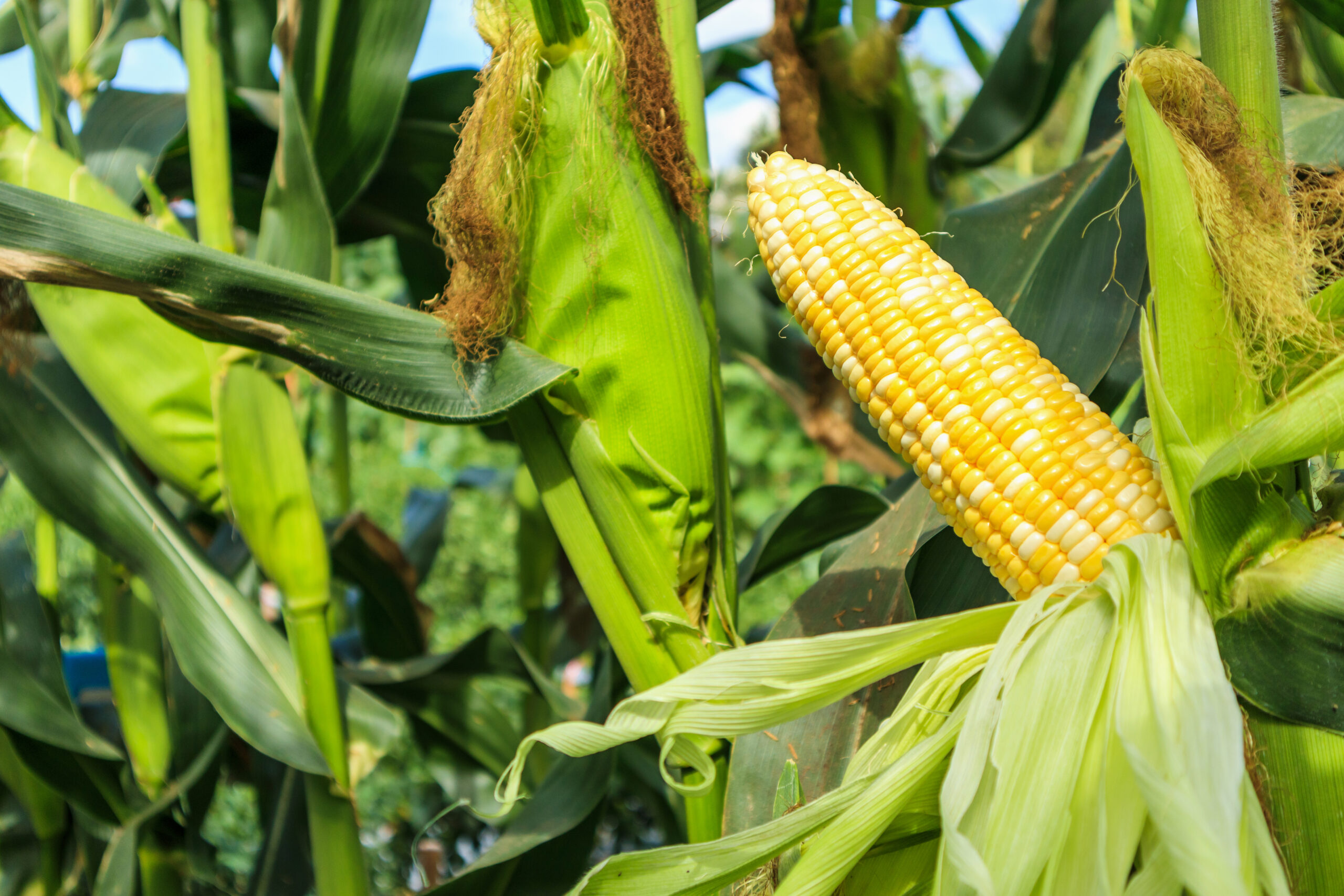
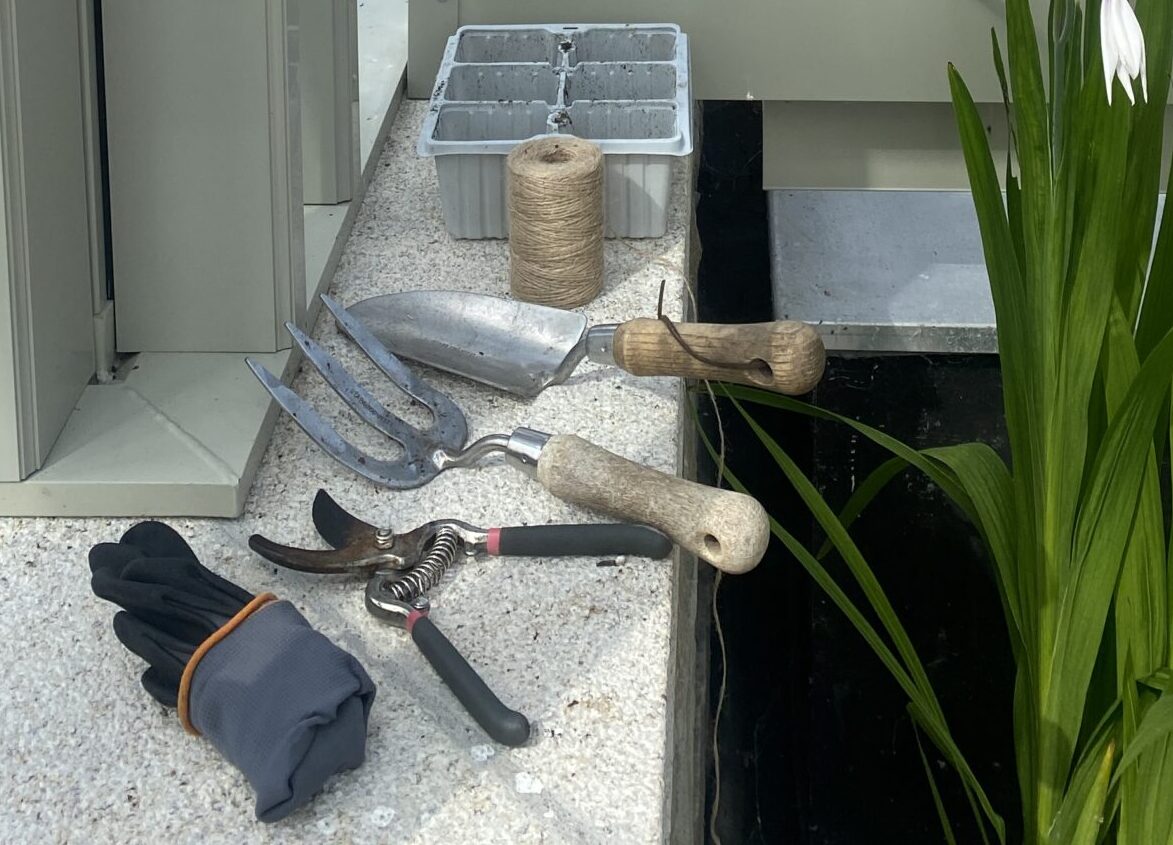
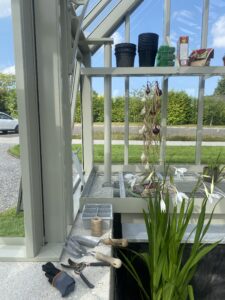
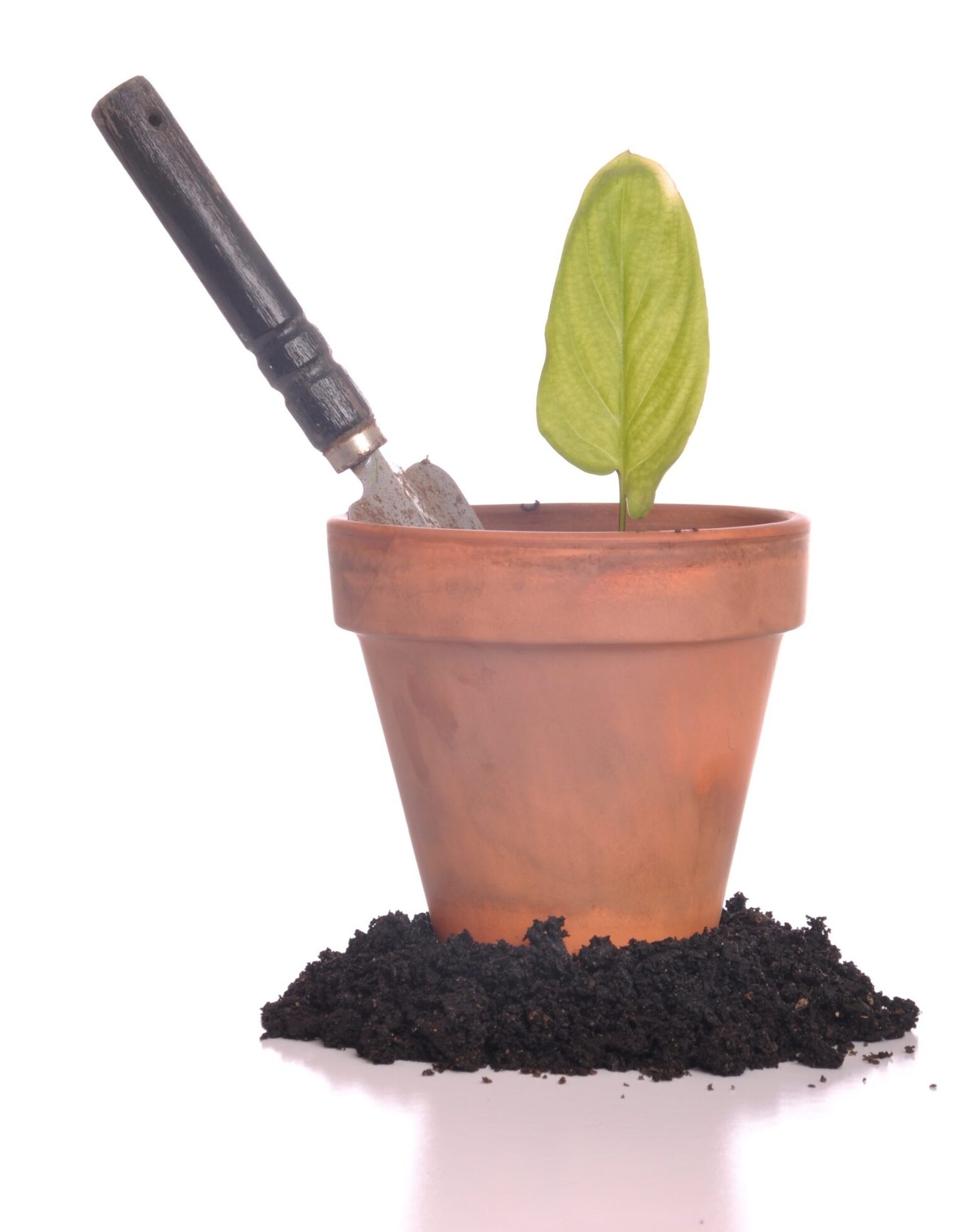
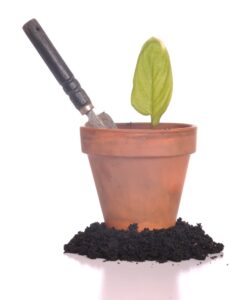
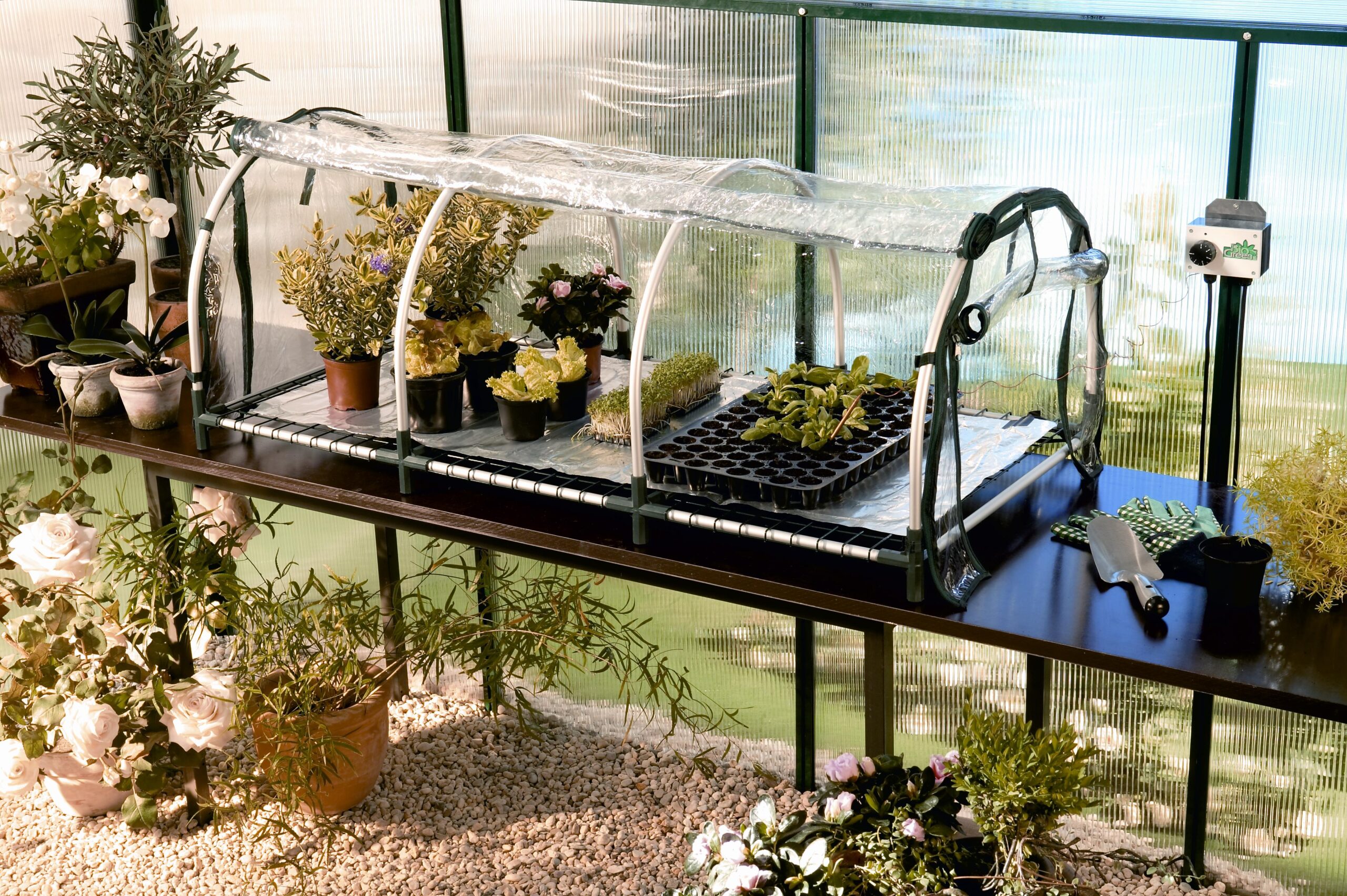
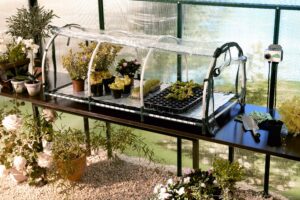 Sooner or later, everyone who has a polytunnel or glasshouse will think about a heated propagator. It lets you raise many plants earlier, and germinate some others that would be impossible in normal greenhouse conditions. Unheated propagators are basically plastic boxes with transparent lids that raise the temperature a bit higher than the rest of the greenhouse, but although cheaper than heated ones they are not as effective. The best (and most expensive) models have openable vents in the lid to reduce overheating in sunny weather and thermostats that switch off the heat when the preset temperature is reached. The smallest will take one or two full-size seed trays but half-size trays are easier to handle. Good headroom inside lets you keep potted plants and cuttings in there if you need to. You can build a cheap propagator with a soil warming cable and a cloche cover.
Sooner or later, everyone who has a polytunnel or glasshouse will think about a heated propagator. It lets you raise many plants earlier, and germinate some others that would be impossible in normal greenhouse conditions. Unheated propagators are basically plastic boxes with transparent lids that raise the temperature a bit higher than the rest of the greenhouse, but although cheaper than heated ones they are not as effective. The best (and most expensive) models have openable vents in the lid to reduce overheating in sunny weather and thermostats that switch off the heat when the preset temperature is reached. The smallest will take one or two full-size seed trays but half-size trays are easier to handle. Good headroom inside lets you keep potted plants and cuttings in there if you need to. You can build a cheap propagator with a soil warming cable and a cloche cover.

